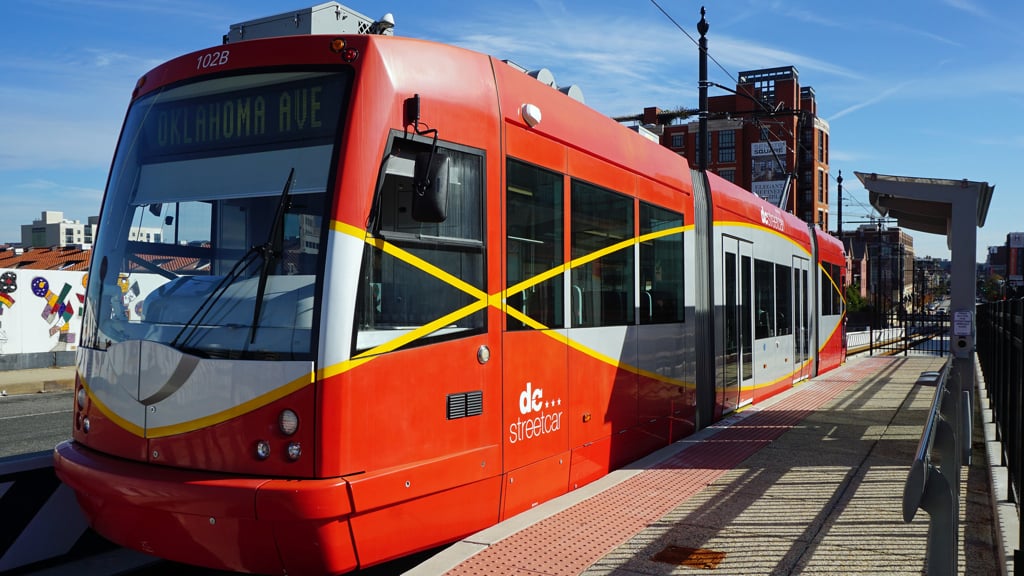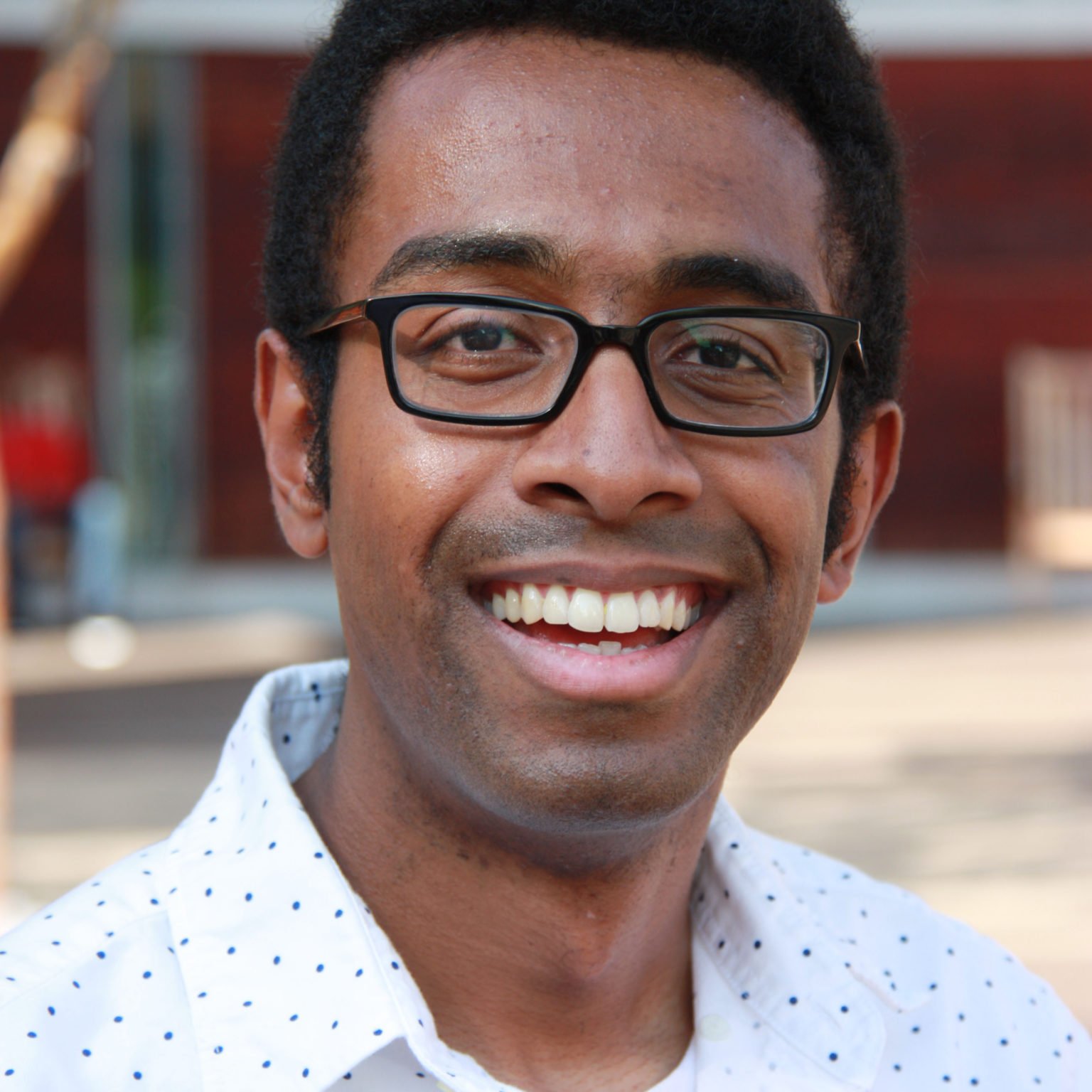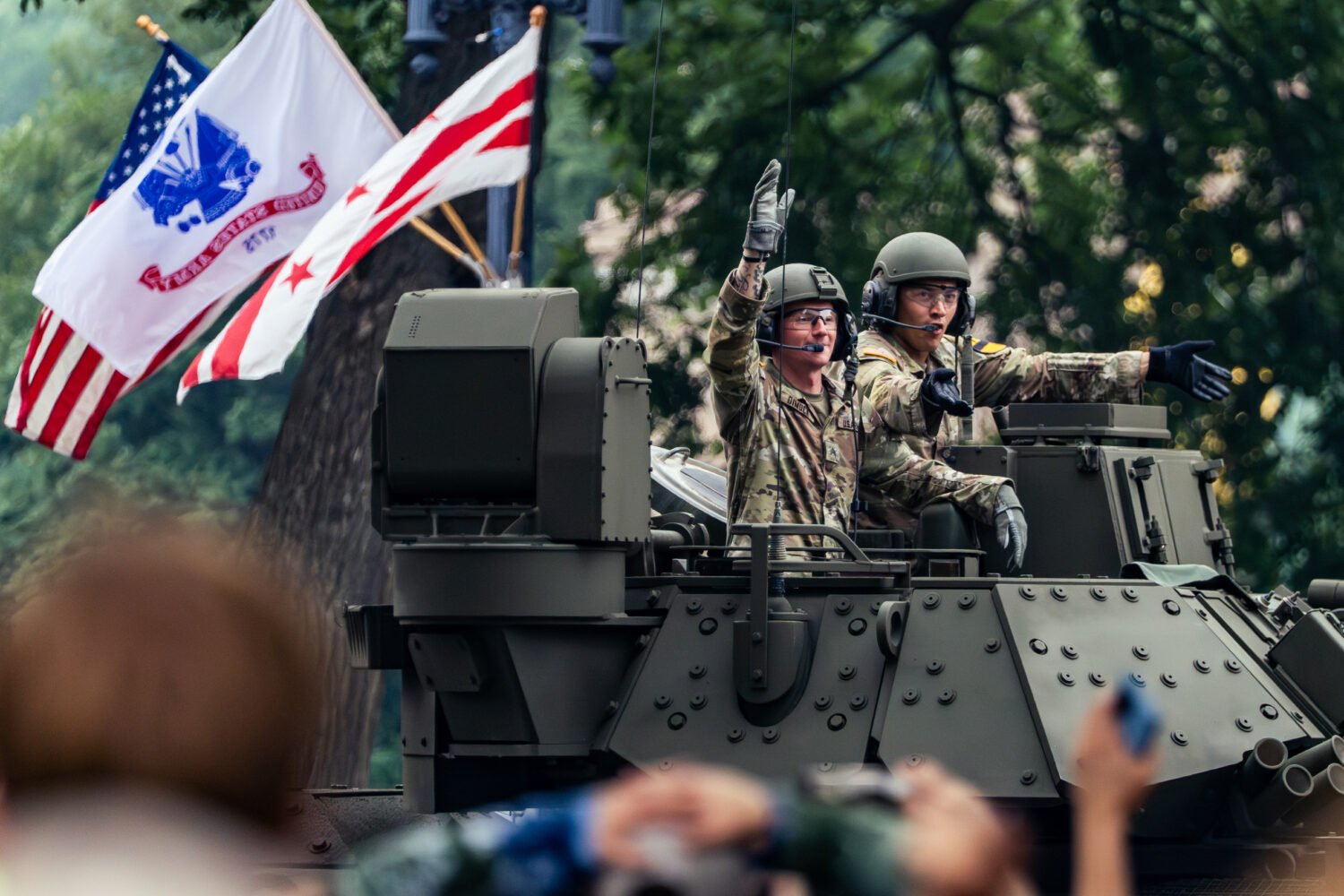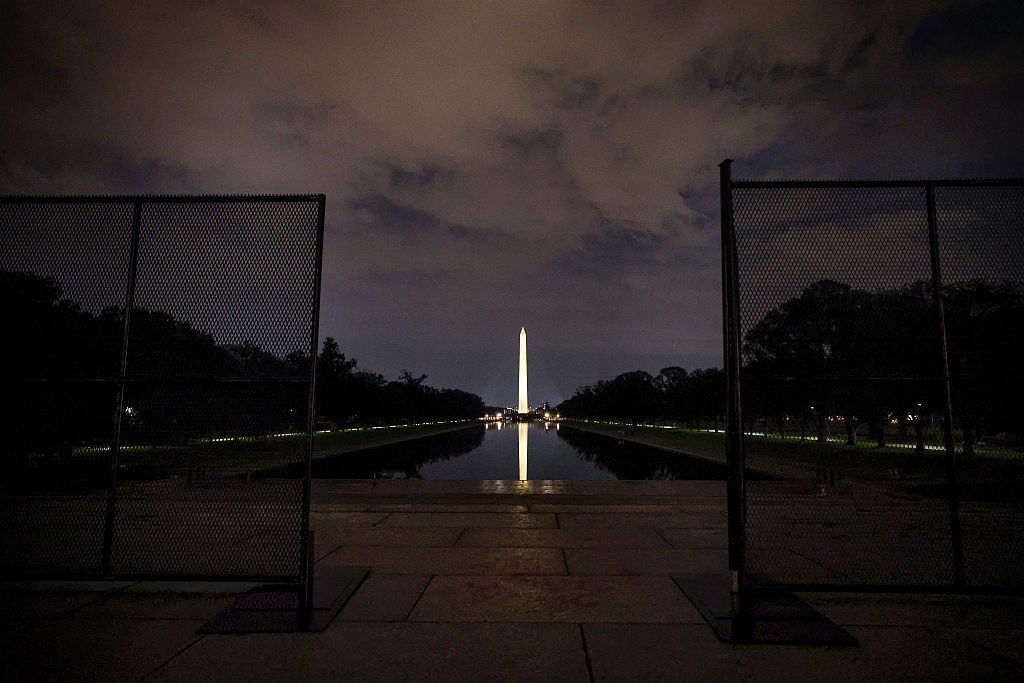This fall, before the presidential campaign reached its surprise ending, there was a recurring conversation among the mostly liberal, mostly earnest tribe of folks who worry about things like transportation and urban planning: How should we spend the money Hillary Clinton wanted to spend on infrastructure?
It turns out that’s one conversation that doesn’t have to end just because the predictions of an easy Clinton victory were so wrong. Donald Trump wants to spend a ton of money on the same thing—some $137 billion for an “infrastructure bank” that would give investors tax breaks to build projects that could create their own revenue, such as toll roads and bridges. Team Trump claimed the idea could leverage $1 trillion in projects.
Trump’s notion, of course, had some pretty big differences from previous approaches, starting with its emphasis on projects that generate their own profits—a focus that might make it harder to entice companies looking to fix existing roads, because it’s politically easier to get drivers to pay tolls on a new road than it is to get them to pay tolls on a previously free one. And that’s before Congress gets its mitts on something that so far exists as a ten-page white paper light on actual details.
But if you’ve ever sat on the Beltway at rush hour or on a crowded Red Line train during a surprise bout of single-tracking, the idea of $1 trillion for public works may still have you salivating. A trillion dollars is enough to build the Silver Line 200 times over or to widen the Beltway to 431 lanes.
Given our area’s deep-blue tint, plenty of locals might also fear that none of this money will make it our way—or that, if it does, a Congress dominated by people who answer to often rural constituencies would be skeptical of the kinds of transit plans that excite Washington and its inner suburbs. But let’s put that aside for a minute: The inauguration is coming, and one way to pass the time till then is to play fantasy football about our own cityscape. Here’s what I would fund:
1) Fix Metro, duh.
Years of deferred maintenance have left Metro in poor shape, and officials say it needs about $6 billion over the next six years just to remain in good repair. Yet it’s the only transit system in the country without a dedicated source of funding, and each year it’s forced to beg the District, Maryland, and Virginia for money as state officials hem and haw over the request.
2) Extend Metro, a little bit.
If we can get it back in shape, it’s probably time to explore expanding the system. Maryland’s Purple Line will add a new light rail to Montgomery and Prince George’s counties for $2.2 billion; the federal government has already promised $900 million, but a new Republican Congress could shake that plan up. Back in 2013, WMATA explored building a downtown loop line that would relieve pressure on busy center-city stations and the packed Rosslyn tunnel, for a cool $26 billion.
With more room at the center, system officials might explore small extensions to new or established suburban job centers such as Fair Oaks, Gaithersburg, and National Harbor, which could cost between $1 billion and $1.25 billion each. A privatized Metro could develop the land around its new stations to raise money. That’s how transit used to get built in the District and the United States, and it’s how things work even now in the handful of still-profitable transit systems worldwide—Hong Kong’s, for instance.
3) Make MARC and VRE more like Metro.
Beyond Metro’s reach lie locales that are growing fast and have lots of great attractions but are too far away for a subway ride: Frederick and Baltimore in Maryland, or Fredericksburg and Manassas in Virginia. You can ride commuter rail lines such as MARC and VRE to these places today, but mainly at rush hour. The good news is these services could be almost as frequent as Metro with a few small adjustments: additional trains, new and upgraded stations, and, most important, stretches of additional track because the lines share space with freight trains. Maryland says it can expand MARC service for just $2.3 billion; Virginia says it can expand VRE for $2.7 billion.
4) Resurrect the DC streetcar.
Five years ago, when the District was still planning a citywide network of streetcars, then-mayor Vincent Gray approached Chinese investors to help pay for the 37-mile system, estimated at the time to cost $1.5 billion. We know how the current President-elect feels about competition with China, an attitude that might spur him to swap out their money for American private funding. With the H Street streetcar up and running for a year now with few issues, Washingtonians might be willing to give a second look at future extensions to Georgetown, to Benning Road, and up Georgia Avenue.
5) Widen highways.
A group of Maryland leaders want to resurrect a seven-year-old proposal to widen I-270 in Montgomery and Frederick counties, at a cost of about $3.4 billion. However, Governor Larry Hogan has been reluctant to spend money on major highway projects, preferring to pursue “innovative” (i.e., cheap) ways to improve traffic flow along the corridor. Widening highways risks pushing sprawl into the region’s edges while sucking investment out of close-in communities. So if we’re going to enlarge I-270, the ideal scenario would improve flow without great public expense and without encouraging commuters to move out to Hagerstown, only to drive back in for work.
That’s why private financing is actually a great idea, because the investors would require tolls to pay for the road’s construction. If tolls are based on congestion, then drivers won’t simply fill up the empty road and make it jammed again, a situation traffic engineers call “induced demand.” Many new or proposed highways in the Washington area include some form of congestion pricing, including the Intercounty Connector in Maryland, the I-495 and I-95 express lanes in Northern Virginia, and Virginia’s plans to add toll lanes along I-66.
Of course, this list is just a start. Once some big targets are on the board, the spillover effects of a trillion dollars would go a long way to support smaller transportation projects as well, such as improved local bus service or even new bike lanes.
Bike lanes courtesy of President Trump! Stranger things have happened.



















